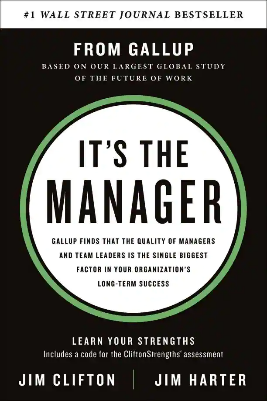
One of the most critical decisions you will need to make in your practice is, should you be “in-network” with a payer group, or out? It’s a tough choice, and one size does not fit all.
So, what do you do?
First, determine which companies you already are in network with, and assess.
- Do you have a contract?
- What are your obligations as a participating provider?
- Are you getting reimbursed what the contract’s fee schedule says it will reimburse?
- Are you currently enrolled in Medicare, and are you a participating or non-participating provider?
- Are you also currently enrolled as a provider in your state’s Medicaid program?
- Are you enrolled as a provider with the Veteran’s Administration in your area?
Additional items to consider prior to enrolling in a plan include:
- What is the reimbursement rate?
- What percentage of the approved charges are taken out for contract discounts?
- Is there a fee to join?
- Do they want you to participate in their worker’s compensation, PI programs? (In our experience, opting in to the WC and PI products means no steerage to you, and cut reimbursements).
- Are there pre-authorizations required prior to care?
- Is there a visit limit?
- What is the initial credentialing and re-credentialing process?
Next, make sure you have a profile set up with the National Council for Affordable Quality Healthcare (CAQH) universal provider database and that the information is current, and re-attested quarterly. There is no charge to create and maintain your profile in this credentialing database.
Third, audit your patient demographic. Run a report in your practice management software, to determine
- What percentage of your reimbursement comes from insurance?
- What percentage comes directly from patients?
- Which payers are you mainly seeing patients from and are you finding that patients are requesting you be in network with a certain company?
- Who are the main employers in your area insured with?
Fourth, develop a spreadsheet called “Insurance Networks” to help you and your insurance department keep the information organized and up to date.
Once you have a grasp on the above, you’re ready to determine if you need to pursue network participation with additional companies. Treating this like a sales or business venture, you’ll want to have insurance companies coming to you and requesting you be in their network.
Remember, it is to their benefit and their obligation to keep their paying policyholders happy.
Patients should feel free to call their insurer requesting you be on their plan. Patients have done this, and outcomes have been successful. Why? Because the worst phone call an insurance company can receive is from an upset policyholder who can’t afford to see their favorite doctor who is helping them (that’s you!) because the doctor is not on the plan.
We’ve just touched the surface of network plans and credentialing. PM&A can provide specialized and unique advice on making the choice of which networks to join, which to be out of network, and which to run away from! We also will run those audit reports to assess if you’re getting the best bang for your buck.
Email me for assistance with how these processes work for your practice. You may reach me at Lisa@pmaworks.com.
Lisa




 Start the Day with Purpose
Start the Day with Purpose






 The biggest challenge in marketing is inconsistency. There are a few key reasons for this:
The biggest challenge in marketing is inconsistency. There are a few key reasons for this:



